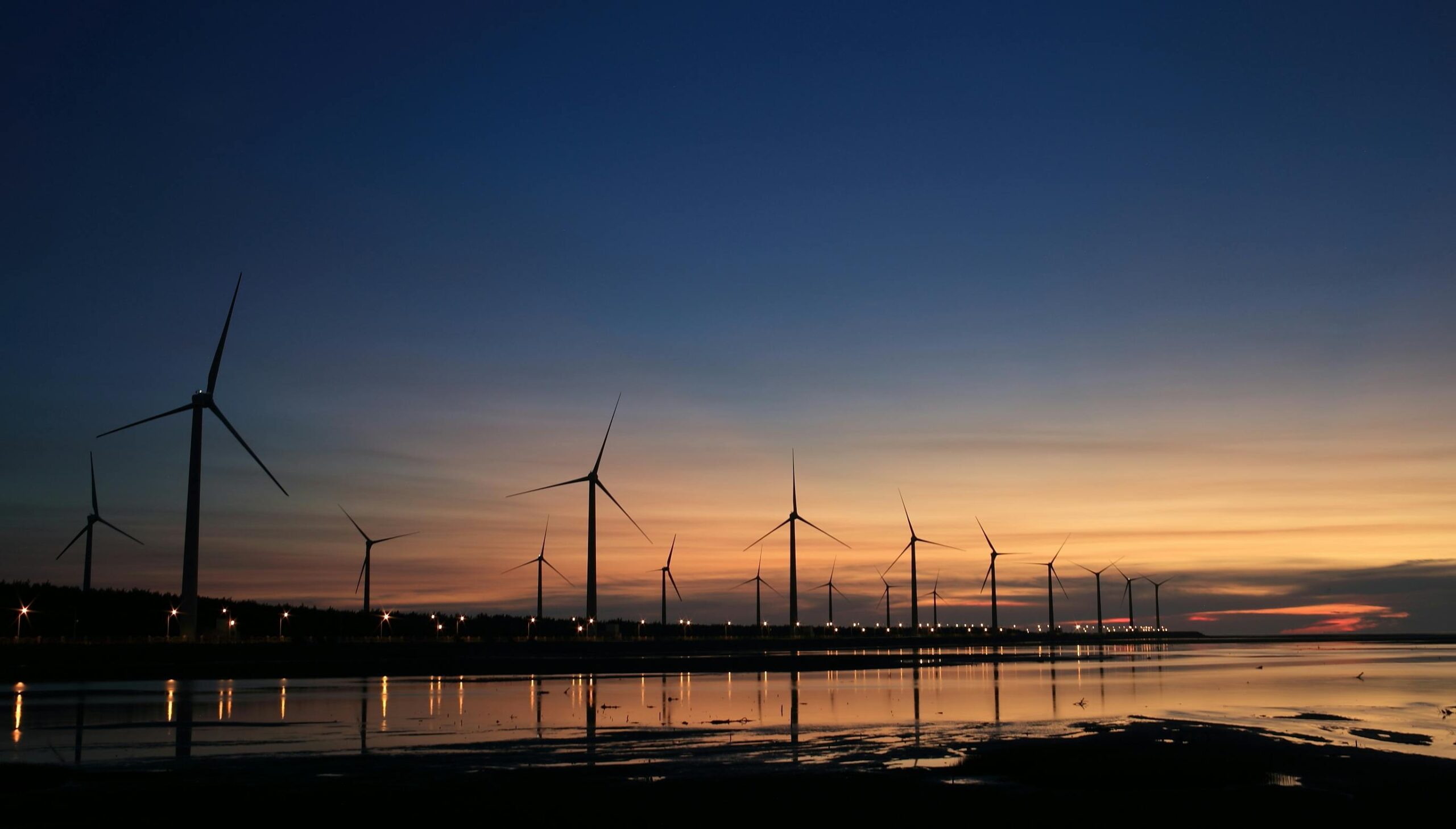Today, we’re exploring some fascinating and critical intersections of technology with policy and global trends. From the immense power of offshore wind farms to the foundational rules governing our media, and the staggering pace of clean energy adoption, these developments show how technology is shaped by forces far beyond pure innovation. Let’s break down what’s happening and why it matters to all of us.
The Complex Engineering Behind Renewable Energy Projects
Offshore wind farms are marvels of modern engineering, designed to capture consistent, powerful winds over the ocean to generate clean electricity. Halting construction on a nearly-finished project, as is happening off Rhode Island, isn’t like pausing a software update. It involves a massive, intricate network of specialized ships, deep-sea foundations, and a supply chain for turbine blades that can be longer than a football field. The core challenge isn’t just building the turbines; it’s managing the immense logistical and financial puzzle. When policy shifts suddenly, uncertainty can ripple through the entire technology sector, affecting everything from investment in next-generation battery storage to developing a skilled workforce. For technology to solve big problems, the environment for building it has to be as stable and reliable as the power it’s meant to generate. Read the full article
Broadcast Technology and the Rules of the Airwaves
When we talk about revoking broadcast licenses, we’re touching on some of the most foundational principles of media technology. The Federal Communications Commission (FCC) was established to manage a finite resource: the public airwaves. Radio and television signals travel over specific frequencies, and the FCC’s licensing system prevents a chaotic free-for-all where signals interfere. This fundamentally differs from the internet, cable, or streaming services, which use physical cables or privately owned networks. The process to grant or revoke a license is rigorous, designed to ensure broadcasters serve the public interest. Calls to challenge these licenses raise important questions about the role of regulation in a modern media landscape where information flows from countless different technological sources. It forces us to consider how we ensure access to reliable information while upholding principles of free expression. Read the full article
China’s Green Revolution: A Technological Tipping Point
The story of China’s decarbonization is a powerful example of technology reaching a critical tipping point. The sheer speed and scale of solar and wind power deployment are staggering. This isn’t just about installing more panels and turbines; it’s about the underlying technology becoming so efficient and inexpensive that it can outcompete traditional energy sources, even newly built coal plants. This rapid expansion creates a positive feedback loop: massive scale drives down costs, fueling even faster adoption. For the rest of the world, this has enormous implications. It accelerates innovation in grid management, energy storage, and manufacturing techniques, making clean energy more accessible and affordable. It’s a real-world demonstration of how relentless technological progress can reshape entire industries and economies in a remarkably short time. Read the full article
Looking at these topics together, a clear picture emerges: technology doesn’t exist in a vacuum. Its success and impact are deeply connected to policy, economics, and public trust. Whether it’s a wind turbine at sea, the broadcast towers that send news to our homes, or the global race to build a cleaner energy grid, understanding the forces that shape technology helps us all become more informed and empowered users. The key takeaway is that progress depends on both brilliant engineering and the stable, supportive systems that allow it to flourish.

